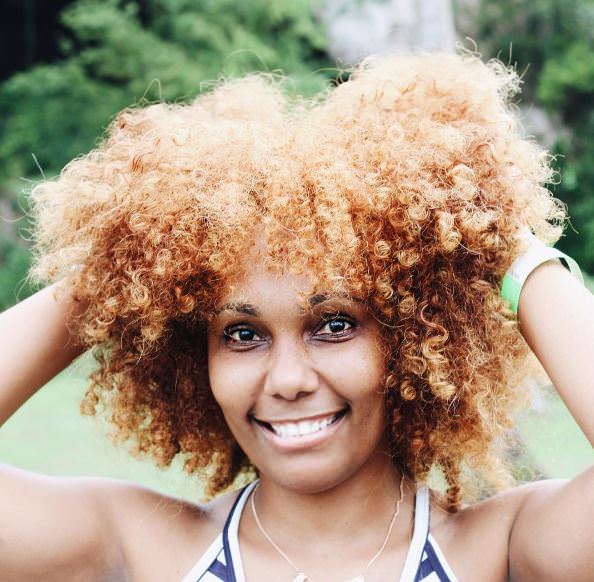
Our hair needs a balance of moisture and protein to perform at an optimal level. The things we do to our hair over the course of our daily lives, causes the protein and moisture levels to rise and/or fall. The changes in those levels are not usually extreme enough to cause any alarm. We probably wouldn’t even notice any physical changes that occur.
Things like heat, chemical processes and hair color, cause the protein and moisture levels to be thrown off to such an extent that we notice physical changes in the hair strands. One of the most common responses to the changes seen in hair that has been compromised by heat, chemicals or color is to add protein.
This is logical and it is necessary. The bonds that make up a healthy strand of hair are comprised of protein that’s broken down during the processes mentioned above. So it makes sense to replenish the protein bonds by adding products to the hair which are protein heavy.
However, too much of anything can be harmful. Because we don’t have a way of measuring the exact levels of protein our hair needs, in order to restore the perfect balance, we risk overloading the hair with protein. Let’s talk about protein and how to prevent overloading your hair with it.
Too Little Protein
Protein aids in your hair’s elasticity. A lack of protein will result in your hair breaking when it’s stretched, instead of snapping back into place. Your hair may also stretch without snapping, but will remain overly stretched out when you pull it. Both can mean you don’t have enough protein in your strands for your hair to perform well. Hair that feels limp and mushy can also be an indicator that you need to up the amount of protein your hair is getting.